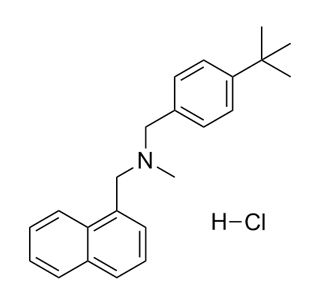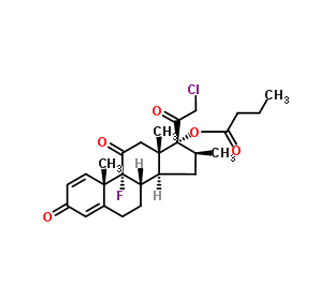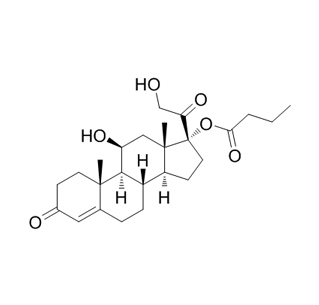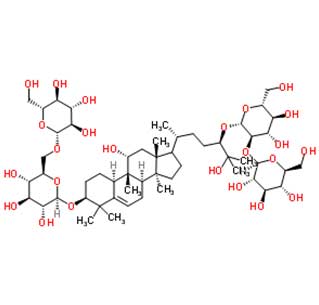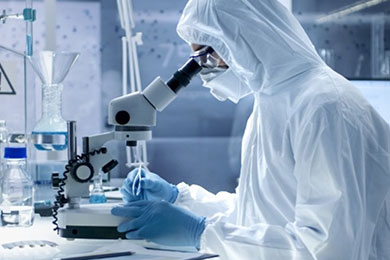
Search

Search

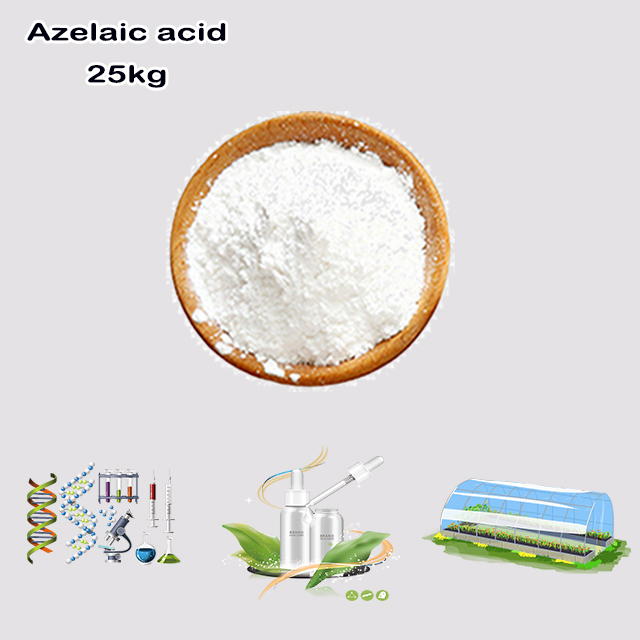
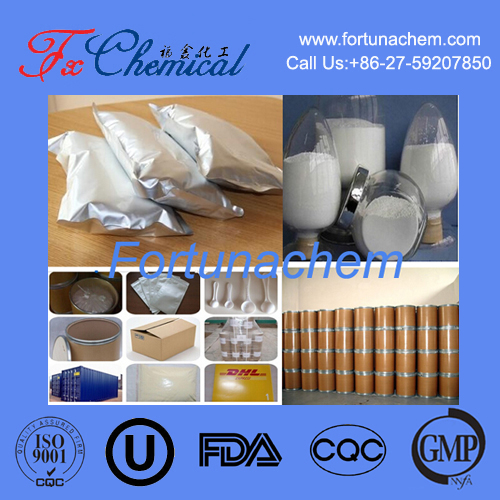
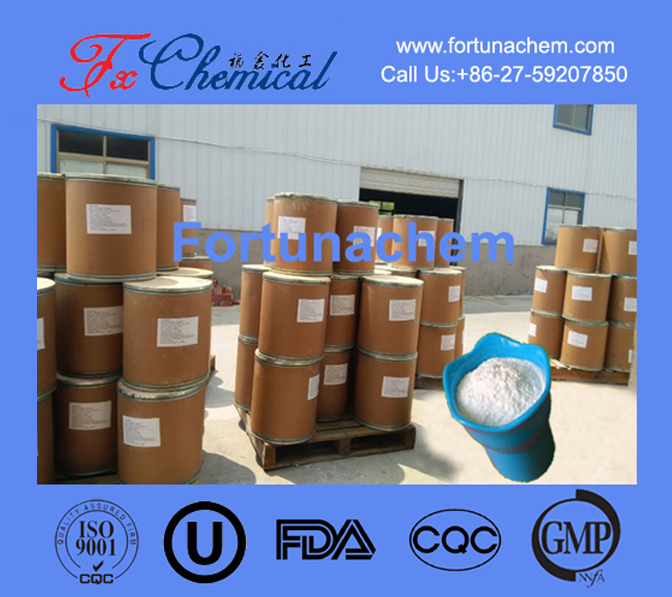
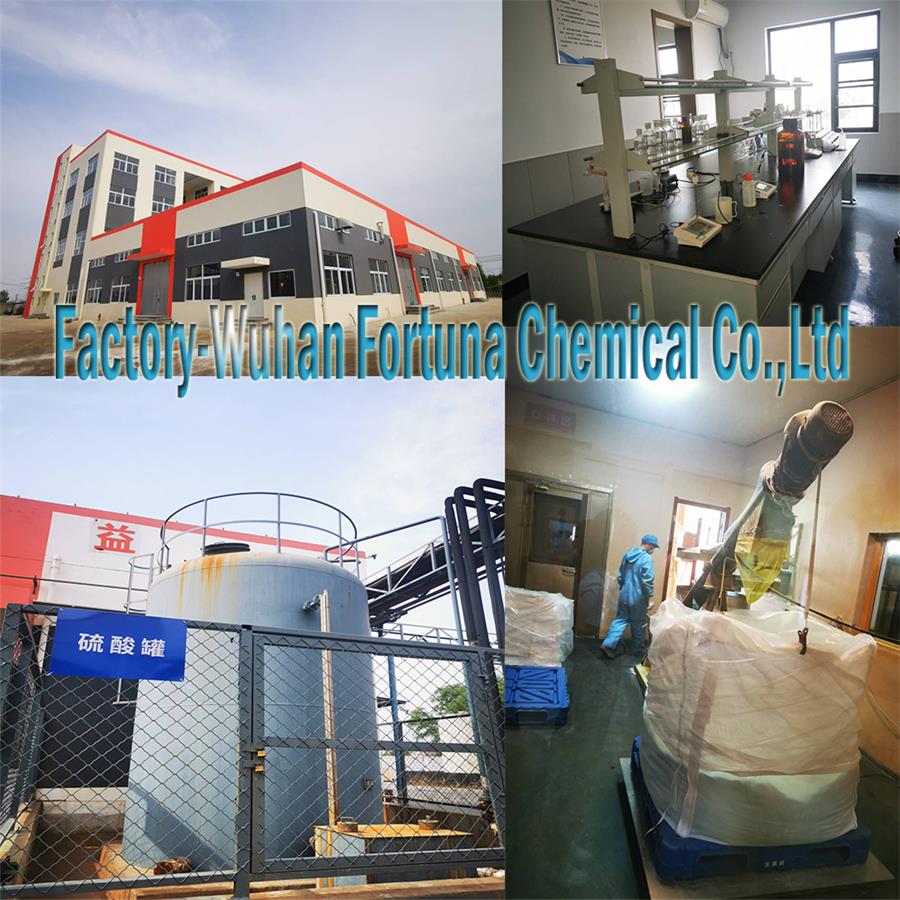
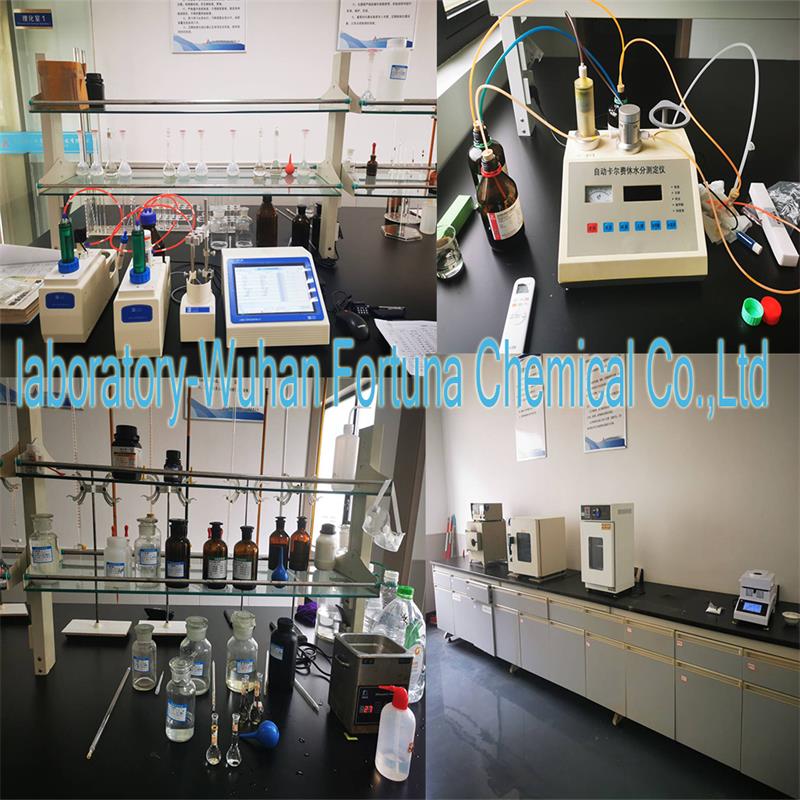





Azelaic acid is mainly used to treat acne, melasma and melanin deposits on the skin. The principle of action of azelaic acid is mainly due to reducing the synthesis of filamentous keratin, thereby reducing hyperkeratosis of hair follicles. azelaic acid selectively acts on abnormal melanocytes, inhibits their excessive activity.
Items | Specifications | Results |
Appearance | White or off white powder | |
Identification | Positive | Positive |
Melting point | 106℃~109℃ | |
Purity(HPLC) | ≥97.5% | 99.0% |
Heavy metals | ≤10 mg/kg | 10mg/kg |
Water Content | 0.5% | |
Residue on Ignition | ≤2.0 % | 0.1% |
Sulfates | ≤0.1% | 0.1% |
Residual solvents | None | None |
Conclusion | This product complies with the specifications. | |
| Product parameters | |
| Cas number: | 123-99-9 |
| Appearance: | White to slight yellow monocline rhombus crystalline |
| Purity: | 99%min |
| Package details: | 25kg/drum |
| Brand: | Fortunachem |
Azelaic Acid is a naturally occurring acid found in grains like wheat, barley, and rye. However, the versions used in skincare and medicine are synthetically produced in labs to ensure purity and strength. It's a multi-tasking workhorse known primarily for treating acne and rosacea.
Think of it as a gentle yet effective treatment that fights bacteria, reduces inflammation, and unclogs pores, all while helping to fade dark spots.
Natural Source: It is a "dicarboxylic acid" that occurs naturally in the grains mentioned above.
Medical Origin: Interestingly, it was first identified as a substance produced by a yeast (Malassezia furfur) that lives on normal skin. Scientists noticed that people with certain skin conditions had lower levels of this acid on their skin.
Production for Use: The azelaic acid in your prescription or cosmetic products is synthetically made. This ensures a consistent, high-quality, and potent product without relying on plant extracts.
Azelaic acid is so effective because it works in several different ways at once:
Anti-inflammatory: It reduces swelling, redness, and bumps associated with both acne and rosacea. This is one of its primary benefits.
Antimicrobial/Antibacterial: It directly targets and kills the bacteria that cause acne, Cutibacterium acnes (formerly P. acnes), inside the pore.
Comedolytic (Unclogs Pores): It helps to normalize the shedding of skin cells inside the follicle, preventing them from clumping together and forming comedones (blackheads and whiteheads).
Keratinolytic: It gently exfoliates the skin, breaking down the "glue" that holds dead skin cells together, leading to a smoother, brighter complexion.
Reduces Hyperpigmentation: It is excellent for fading post-acne marks (post-inflammatory hyperpigmentation) and melasma. It works by inhibiting an enzyme called tyrosinase, which is essential for the production of melanin (the pigment that gives skin its color).
Azelaic acid is a prescription medication in higher concentrations and available in lower concentrations over the counter.
1. Acne Vulgaris:
It's highly effective for treating mild to moderate inflammatory acne (the red, painful bumps) and comedonal acne (blackheads and whiteheads).
2. Rosacea:
It is a first-line treatment for the papules and pustules (the red bumps and pus-filled pimples) of subtype 2 rosacea. It reduces inflammation and redness.
3. Hyperpigmentation:
It's widely used to treat dark spots from acne, sun damage, and melasma. It's often considered a gentler alternative to hydroquinone.
Prescription Strength (15%-20%):
Finacea®: A 15% azelaic acid gel, commonly prescribed for rosacea.
Azelex®: A 20% azelaic acid cream, commonly prescribed for acne.
Many pharmacies also compound generic versions.
Over-the-Counter (OTC) (10% and below):
The Ordinary Azelaic Acid Suspension 10%: A very popular and affordable option.
Paula's Choice Azelaic Acid Booster 10%: Often combined with other brightening ingredients.
Numerous other serums and creams from brands like Cos de Baha, FaceTheory, etc.
Suitable for Sensitive Skin: Generally well-tolerated, even by those with sensitive skin or rosacea, which is often irritated by other acids.
Safe for Pregnancy: It is considered one of the safest topical treatments for acne and pigmentation during pregnancy (Category B).
Multi-Targeted: Addresses multiple skin concerns at once (acne, redness, pigmentation).
Non-Antibiotic: Using it does not contribute to antibiotic resistance.
Side effects are usually mild and temporary, especially when starting use. They can include:
Itching, stinging, or burning: This is the most common side effect and typically subsides as your skin adjusts.
Redness or dryness: Starting with a lower concentration and applying it every other day can help minimize this.
Peeling: A sign of its exfoliating properties.
It's crucial to use sunscreen daily when using azelaic acid, as it can make your skin more sensitive to the sun, and you are also treating pigmentation that can be worsened by UV exposure.
What it is: A multi-tasking acid derived from grains (but synthetically made for products).
Main Uses: Treating acne, rosacea, and hyperpigmentation (dark spots).
How it works: Fights bacteria, reduces inflammation, unclogs pores, and inhibits melanin production.
Key Feature: It's effective yet generally gentle, making it suitable for sensitive skin and safe for use during pregnancy.
In short, azelaic acid is a dermatologist-favorite for its ability to calmly and effectively tackle some of the most common and frustrating skin concerns without the harsh side effects of some other treatments.
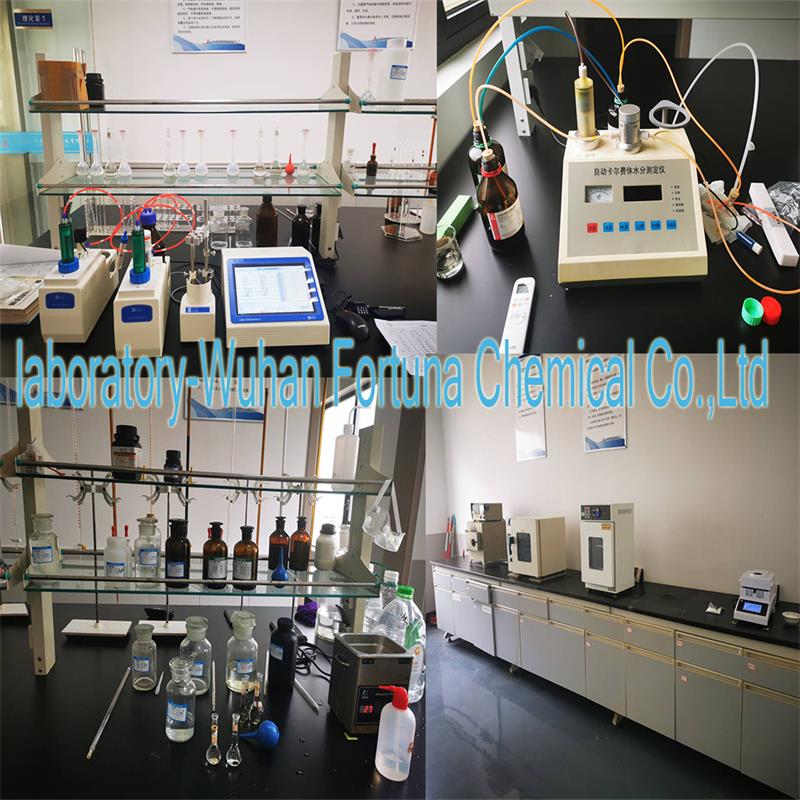
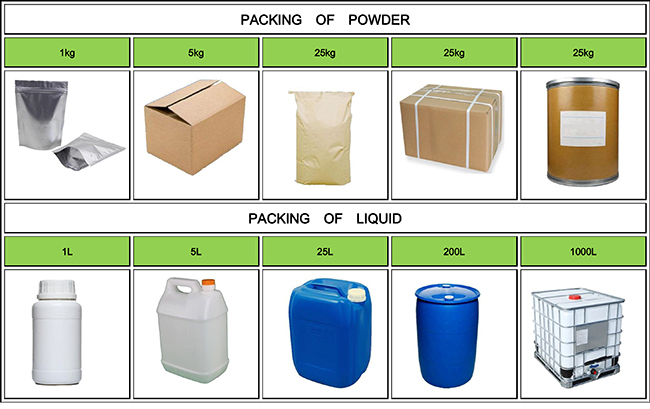
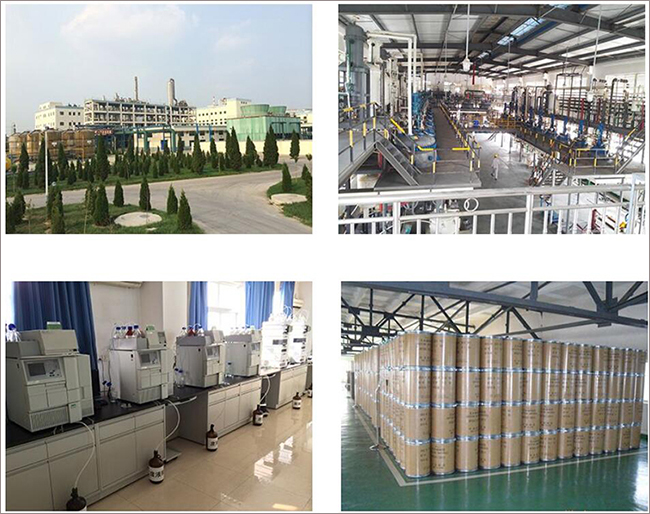
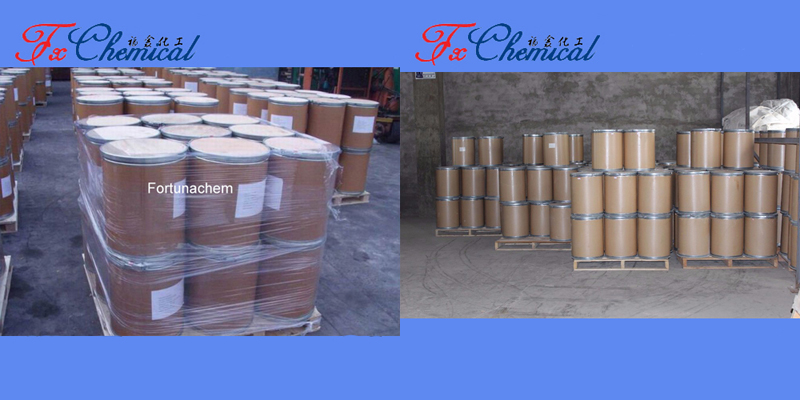
Guaranteed purity
High quality & competitive price
Quality control
Fast feedback
Prompt shipment


Fortunachem Provides Not Only Professional Chemical Products But Also Professional Help
Keeping you up-to-date with all the latest information, news, and events about Fortunachem!

Quick Links
Add:
E-mail:
 English
English  Español
Español  français
français  العربية
العربية 